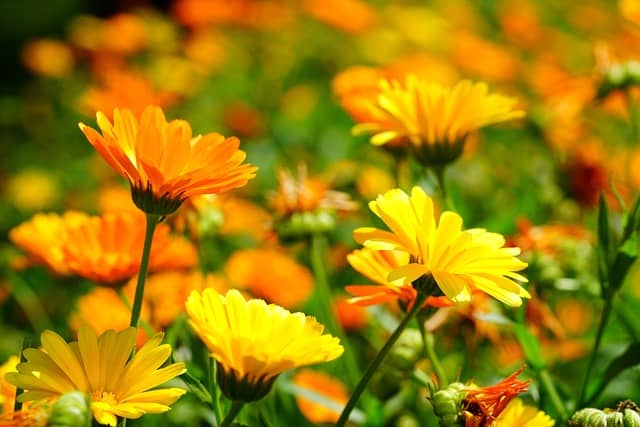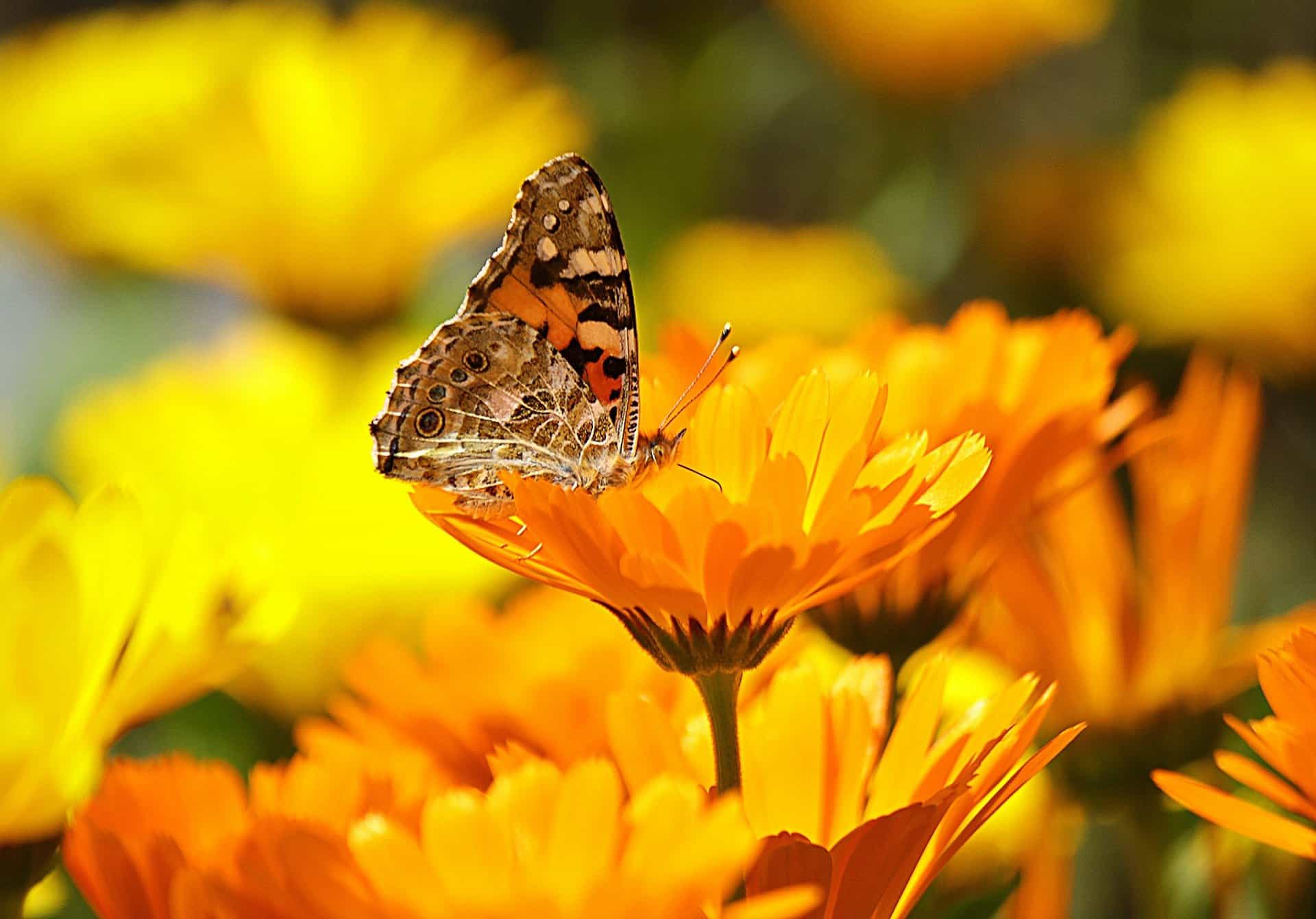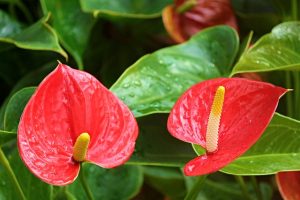This guide will walk you through the essentials of harvesting calendula, from timing to techniques, ensuring you get the most out of this delightful plant.
Understanding Calendula

Calendula is an annual herb that thrives in sunny locations with well-drained soil. It’s valued not just for its ornamental beauty, but also for its medicinal properties. The petals of the calendula flower are edible and can be used in teas, salads, and as a natural dye. Additionally, calendula is renowned in herbal medicine for its anti-inflammatory, antiseptic, and wound-healing properties, making it a popular ingredient in salves and lotions.
When to Harvest Calendula
Timing is everything when it comes to harvesting calendula. The ideal time to harvest is when the blooms are fully open but before they begin to wilt or show signs of decay. Here are some key points to consider:
Flower Maturity: Wait until the petals have fully unfurled. This is typically about 2-3 days after the flower opens.
Season: Harvesting should occur during the summer months when the plant is at its peak growth. Depending on your location and planting schedule, this may be between June and September.
Weather Conditions: Aim to harvest on a dry, sunny day. Picking flowers when they’re wet from rain or dew can lead to mold or decay.
How to Harvest Calendula
Harvesting calendula is a straightforward process. Here’s a step-by-step guide to ensure you do it correctly:
1. Gather Your Tools
You will need:
A pair of sharp scissors or garden shears
A clean basket or container for collecting the flowers
Optional: Gloves, if you have sensitive skin
2. Choose the Right Flowers
Focus on picking healthy flowers. Select those that are vibrant in color and free from pests and diseases. Inspect the stems and leaves to ensure they are also healthy.
3. Cutting the Flowers
Using your scissors or garden shears, cut the stem just above the leaves. Leave a few leaves on the stem to encourage further blooming. This method not only supports the ongoing growth of the plant but also allows you to enjoy multiple harvests throughout the season.
4. Handling and Storing
Place the harvested flowers gently into your basket or container. Once finished, avoid stacking them too high to prevent bruising. If you’re not using the flowers right away, store them in a cool, dry place away from direct sunlight. For longer storage, consider drying the petals or making tinctures.
Post-Harvest Uses for Calendula
Once you’ve harvested your calendula, there are numerous ways you can utilize it:
Drying: Hang the flowers upside down in a cool, dark area. Once dried, store the petals in airtight jars, away from light. Dried calendula can be used in teas, infused oils, or skin care remedies.
Cooking: Use the fresh petals to add color and flavor to salads or as a garnish for various dishes. Their slightly peppery taste makes them a delightful addition to many recipes.
Herbal Remedies: Make your own calendula-infused oil by steeping the dried petals in a carrier oil, such as olive or sweet almond oil. This oil can be used for massage, as a skin moisturizer, or in homemade salves.
Conclusion
Harvesting calendula is a rewarding activity that allows you to bring the beauty and benefits of this wonderful plant into your home. With its vibrant colors and various uses, calendula makes a fantastic addition to any garden.
By harvesting at the right time and using the proper techniques, you can ensure that you enjoy the full range of benefits this remarkable flower has to offer.
Whether you’re looking to enhance your culinary creations, strengthen your herbal repertoire, or simply enjoy the beauty of fresh blooms, calendula is sure to delight.





